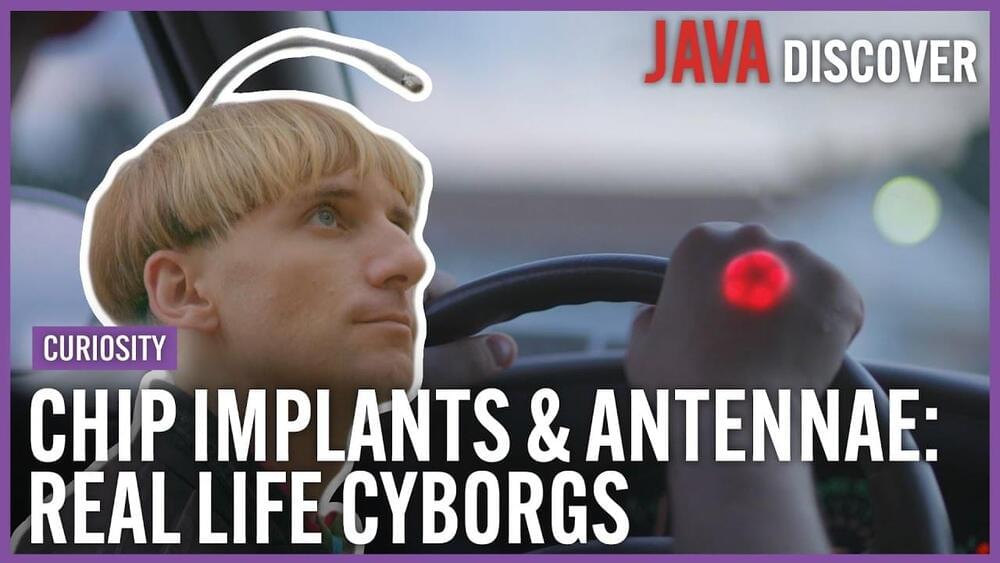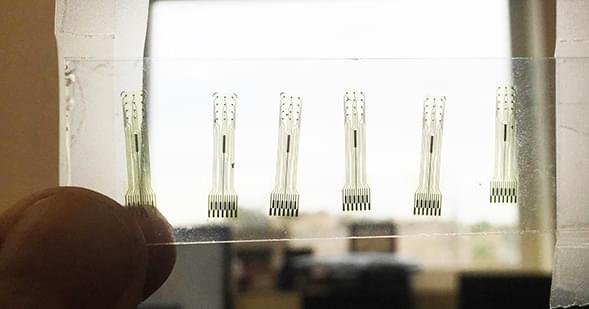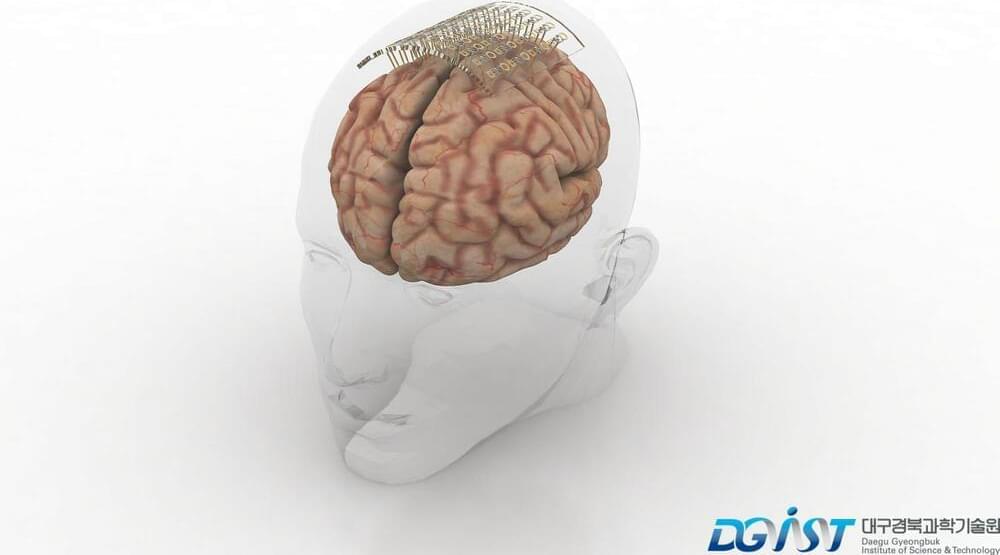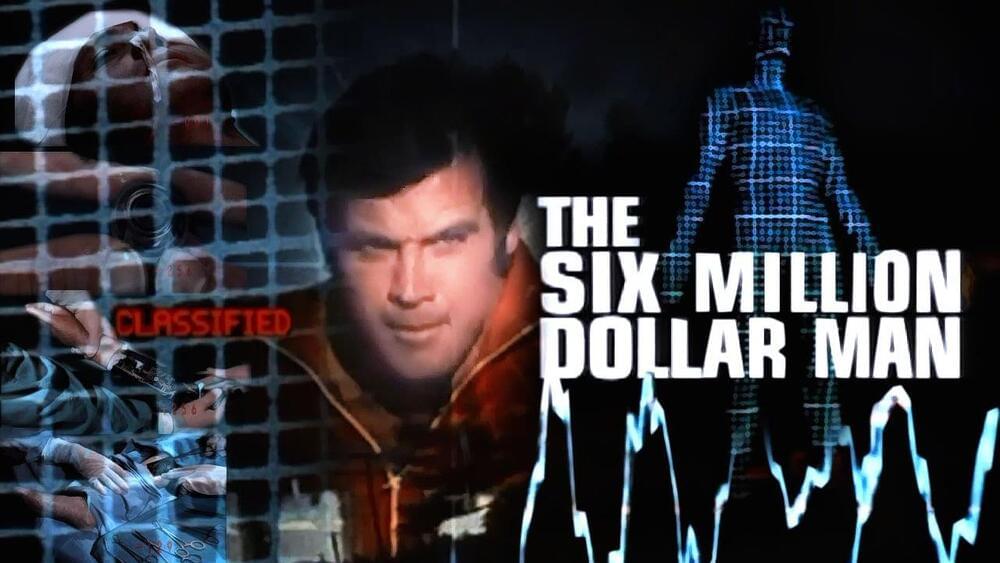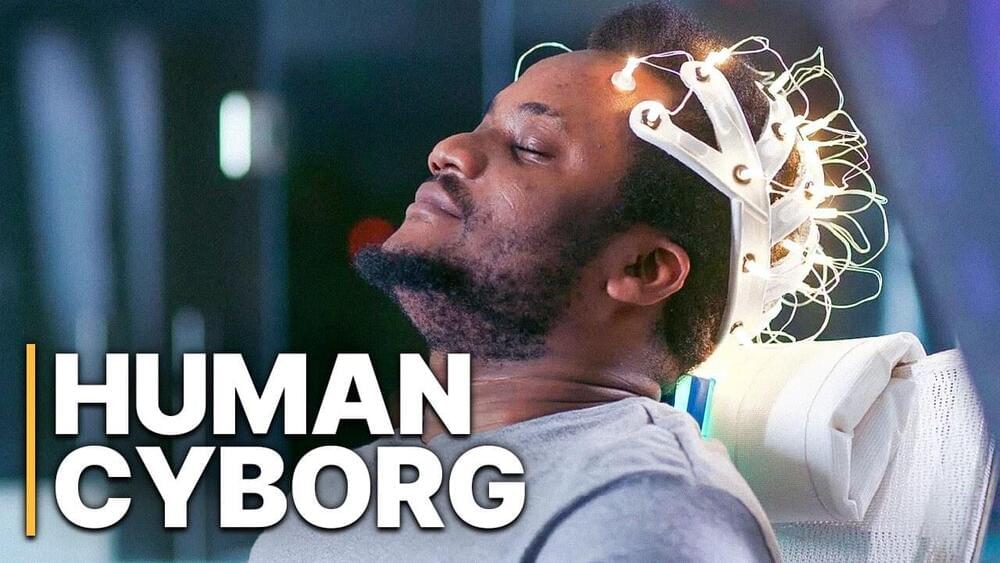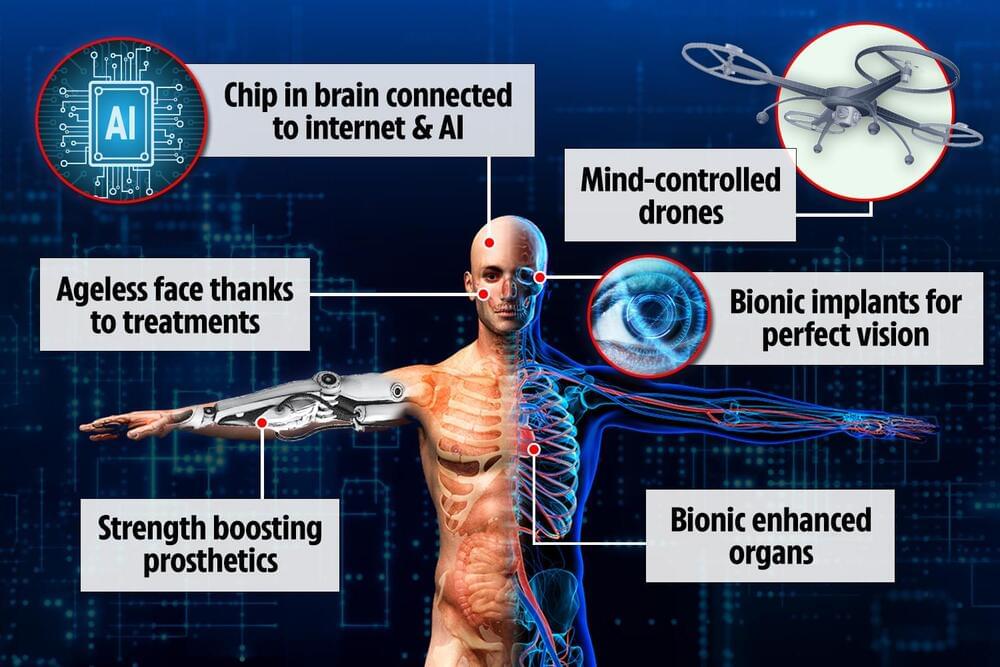In just a few years, technology will merge with our bodies in unimaginable ways and push the boundaries of what it is to be human. While medical technology still aims at remediating disabilities, cyborgs strive to something else: a merging of man and machine with the goal of enhancing human capabilities.
The first cyborgs are already crossing the boundaries of their human limits just for the sake of it – at home, in basement workshops and tattoo parlours, using low-tech equipment and a do-it-yourself attitude. They are a tiny minority, seen by many as weird or crazy experimenters, but in the near future we may call them pioneers.
In this film, we meet some of these explorers. We also look at research in medical technology to assess how close science is to creating cyborgs, and ponder the social and ethical dilemmas of a cyborg society.
SUBSCRIBE for more amazing stories, including free FULL documentaries. At Java Films we have an incredible library of award-winning documentaries: from world-leading investigations to true crime and history, we have something for everyone!
